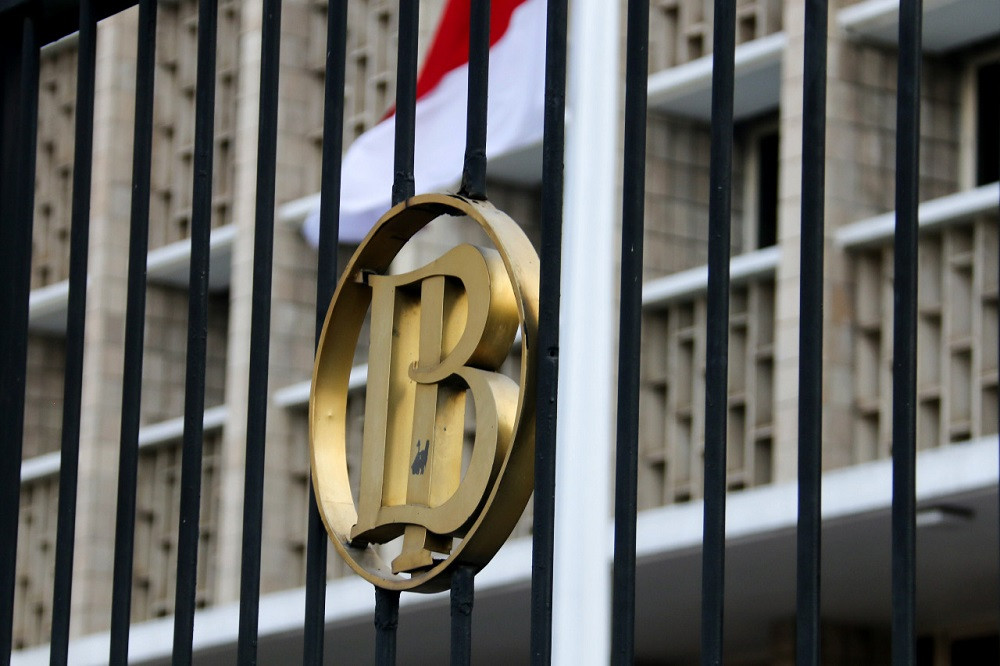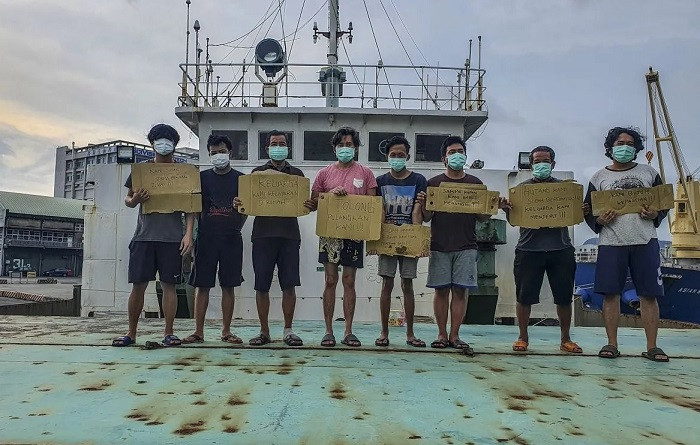Popular Reads
Top Results
Can't find what you're looking for?
View all search resultsPopular Reads
Top Results
Can't find what you're looking for?
View all search resultsStrengthening financial regulations in the face of a banking crisis
Speed is the most crucial factor in responding to a financial crisis, and Indonesia has the capacity for this in the KSSK.
Change text size
Gift Premium Articles
to Anyone
A
lthough the domino effect from the recent collapse of Silicon Valley Bank (SVB), a California-based bank whose depositors were dominated by tech industries and start-ups, been contained by the prompt action of monetary authorities in the United States, the risk of a future banking crisis cannot be entirely dismissed.
Banking is an industry that is based on trust, and once that trust is shaken, depositors will withdraw their money and bank runs will spread to other banks as panic and fear grip depositors when a bank fails. Confidence in banks is eroded, and past financial crises have shown that confidence evaporates fast. That is why periodic crisis in the financial system is inherently inevitable.
As tech industries suffered a slowdown and their liquidity dried up, depositors accelerated withdrawals. But SVB did not have enough cash, as its money was tied up in US treasury bonds purchased in 2008-2009 when the interest rate was low. Now, when interest rates had surged, the value of the bonds it held had fallen, causing billions of dollars in losses.
The US is not out of the woods of a banking crisis yet. Monetary tightening has pushed many medium-sized banks to the brink. Emergency loans to banks from the US Federal Reserve (Fed) jumped from US$15 billion to $318 billion in March. This is higher than the amount provided during the COVID-19 pandemic and not far from the amount during the 2008 global financial crisis.
The SVB collapse had no impact on Indonesian banks, but it had a short-term impact on the capital market. The Indonesia Stock Exchange (IDX) stumbled. The shares of big banks like BCA, BRI, and Bank Mandiri also dropped on March 16, but recovered rapidly over the next couple of days, with all shares prices reaching near-record highs at the end of March 2023. As capital flowed into Jakarta’s stock market, the rupiah strengthened 2.6 percent against the US dollar, its rate hovering at Rp 14,950 at the end of March. This clearly shows that market confidence in Indonesia’s banks remains strong.
Meanwhile, again related to the global banking crisis, the rupiah seems to have room to strengthen against the US dollar in the near future, as the Fed must adjust its monetary policy. In response to the banking crisis, the Fed now has to show a more dovish face and inject more liquidity to ease concerns. This should imply some weakening of the US dollar.
To deal with the risk of a financial crisis, the government has continuously strengthened regulatory and supervisory frameworks over three decades since the 1998 Asian Financial Crisis, which have improved the financial health and the resilience of the Indonesian banking system. Indonesian banks survived the 2008-2009 global financial crisis without significant problems and showed they were better prepared to face shocks.



















